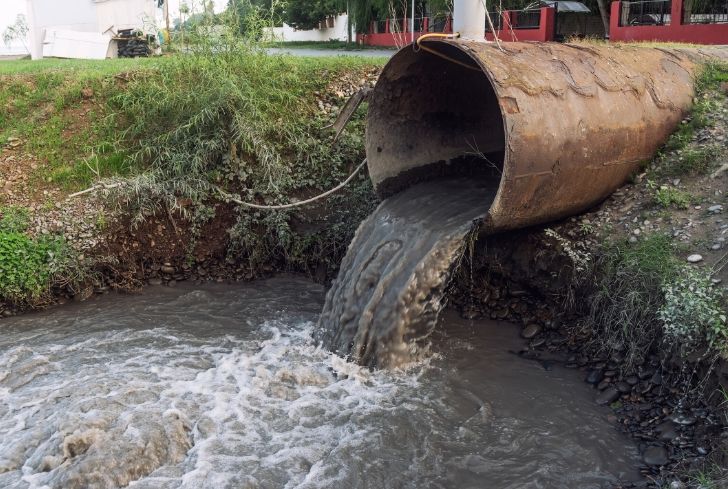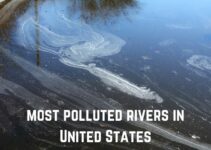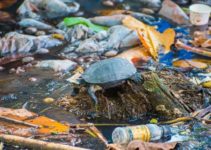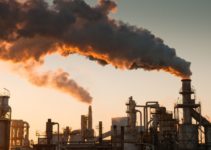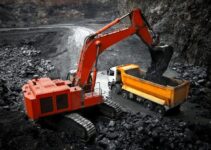Groundwater pollution occurs due to the release of pollutants into the ground that eventually find their way into natural underground water reservoirs known as aquifers. Once the pollutants released infiltrate groundwater, they cause contamination.
Groundwater pollution is mainly caused by the release of substances, intentionally or accidentally, through anthropogenic activities or natural causes.
The pollutants usually move within aquifers depending on biological, physical, and chemical properties, while diffusion, dispersion, adsorption, and water flow velocity facilitate their movement.
But generally, contaminants progress sluggishly within aquifers, leading to concentrated levels and forming a distinct plume pattern. As the plume spreads, it might connect with springs and ground wells, making the water unsafe for human consumption.
This article discusses the causes, effects, and various solutions to underground water pollution.
Causes of Groundwater Pollution
There are several causes of groundwater pollution. Some of the common ones include:
1. Natural Sources
Naturally occurring substances found in the soil and rocks can be dissolved in water, causing contamination. Such substances include sulfates, iron, radionuclides, fluorides, manganese, chlorides, and arsenic.
Others, such as the decaying materials in the soil, may seep into underground water and move with it as particles.
Reports by WHO indicate that the most common pollutants are fluoride and arsenic. The natural causes of pollution can be tested using the Groundwater Assessment Platform (GAP), a GIS platform that determines groundwater contamination levels using environmental, geological, and topographical data.
2. Septic Systems
Across the world, septic systems are the main cause of underground water pollution. 25% of households in the USA depend on septic systems to dispose of their wastewater. This is a huge number of people relying on septic systems, and that makes it one of the main pollutants.
The high number of septic systems means that cases of leaking are too high, releasing contaminants such as nitrates, oils, bacteria, chemicals, detergents, and viruses into underground water.
Commercial septic tanks pose an even bigger threat because they release organic chemicals such as trichloroethane. Laws in most countries require the septic tank to be constructed far from the water sources to prevent contamination, but at times, this code is often violated.
3. Hazardous Waste Disposal
Hazardous wastes such as photographic chemicals, motor oil, cooking oil, paint thinners, medicines, swimming pool chemicals, paints, and garden chemicals should not be disposed of in septic tanks or the environment as they cause serious contamination.
Instead, these chemicals should be disposed of with the help of a licensed hazardous waste handler.
4. Petroleum Products
Petroleum storage tanks are either located underground or above ground. Also, the transportation of petroleum products is mainly done underground using pipelines. Leakages from these substances can lead to contamination of water.
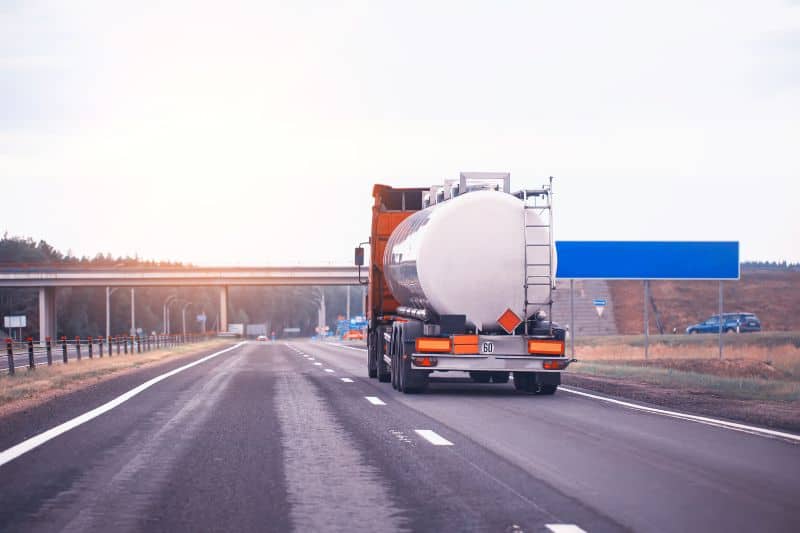
In the USA, it is estimated that 16,000 chemical spills each year are from trucks, storage containers, and train spillages, especially when transferring oil. The chemicals spilt become diluted with water and seep into the ground, where they may cause groundwater contamination.
5. Solid Waste
The Palmer Developmental Group estimated that in developing countries, approximately 0.3 to 0.6 kg/person/day of waste is released into the ground.
On the other hand, in developed countries, 0.7 to 1.8 kg/person/day is released. The chemicals from these substances are leached into the groundwater through precipitation and surface runoff.
Sometimes underground contamination happens when the waste is collected and taken to landfills. As long as the landfills lack a clay liner and leachate, the chances of chemicals from the wastes leaching and posing a threat to the groundwater are very high.
6. Surface Impoundments
These are shallow lagoons used to store liquid waste. The USA, for example, has over 180,000 surface impoundments, which can threaten groundwater.
Ideally, the impoundments should have clay liners or leachates to prevent leaching. But even with the leachates, ensuring they’re in good condition is essential. Defective leachates can cause leakages, leading to contamination of water.
7. Agricultural Chemicals
Millions of tons of agricultural chemicals, such as fertilizers and pesticides, are used worldwide to increase crop production and by institutions such as Golf Courses.
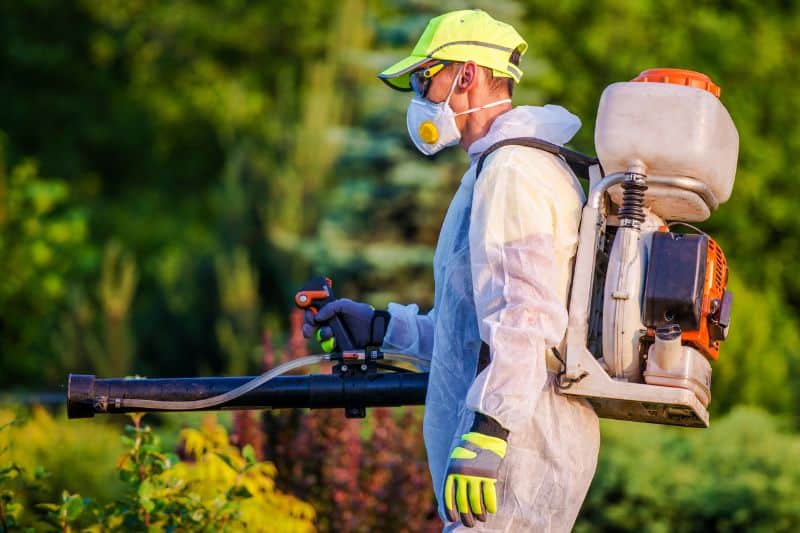
However, one thing that people don’t understand is that excessive use of these chemicals can lead to contamination of groundwater. Chemicals such as pesticides are known to remain in the ground for years, and when diluted with rainwater, they seep deeper into the groundwater.
8. Injection Wells
Injection wells serve diverse purposes, encompassing stormwater collection and disposal of industrial and commercial effluents. Yet, inadequate regulation can lead to improper disposal of hazardous chemicals.
Misplaced, poorly regulated, or inadequately designed injection wells pose a risk of groundwater contamination.
9. Other Causes
Other causes of ground pollution are abandoned wells, which can act as a pathway for contaminants to reach the aquifers. Also, poorly constructed wells that lack proper casing and covers may cause groundwater contamination when pollutants find their way into such wells.
Another cause of pollution is mining activities, where, through precipitation, soluble minerals can be leached from the sites into the groundwater.
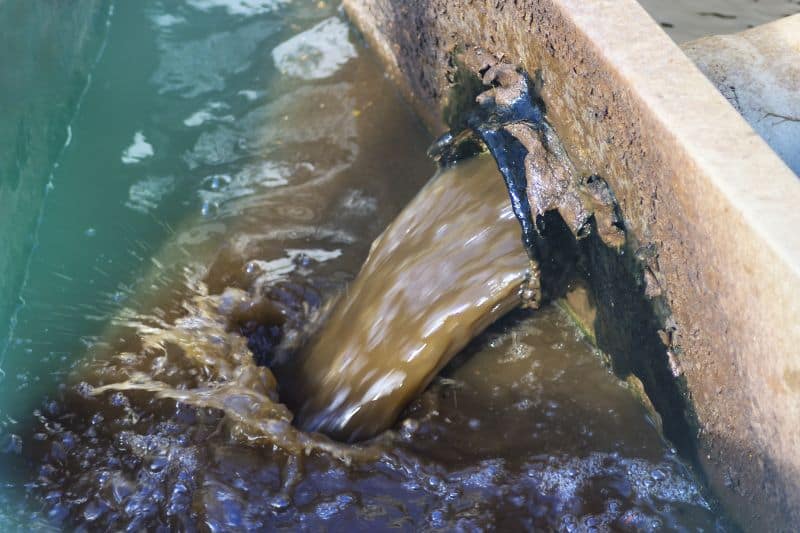
Effects of Groundwater Pollution
Of course, groundwater pollution can be hazardous. It can cause serious effects to the environment and all the organisms interacting with it. Here are some of the effects of groundwater contamination:
1. Health Issues
Contaminated groundwater has detrimental effects on human health. In areas where septic tank installation is not set up correctly, human waste may contaminate the water source. The waste may contain hepatitis-causing bacteria that may lead to irreversible damage to the liver.
Also, it may cause dysentery, which leads to severe diarrhea, dehydration, and, in severe cases, death. Additional health problems include poisoning from excessive pesticides and fertilizers or natural chemicals.
2. Affects Economic Growth
Contamination of groundwater sources renders the area incapable of sustaining plant, human, and animal life. That reduces the land value and yield, forcing people living in such areas to spend more on buying food and water.
Another effect is groundwater contamination leads to less stability in industries relying on it to produce their goods. That’s because the industries in the affected areas will have to outsource water from other regions, which may turn out to be expensive. In some cases, they may even be forced to close down due to poor water quality.
3. Can Lead to Damaging Impacts on The Environment, Such as Aquatic Systems and The Overall Ecosystem
Groundwater pollution can lead to devastating environmental changes. One such alteration is the loss of certain nutrients essential for the ecosystem’s self-sustenance.
Also, when the pollutants mix with water bodies, alteration of the aquatic ecosystem may occur. Aquatic animals such as fish may die off quickly due to too many contaminants in the water. Of course, that affects every other animal relying on the affected water, whether for habitat or drinking.
Solutions to Groundwater Pollution
Despite the grave effects of groundwater pollution on the environment and the inhabitants, we can mitigate the impact in several ways. Here are some of the measures to consider:
1. Legislation
There are federal laws in most countries that help protect the quality of groundwater. Safe Drinking and Clean Water regulations should ensure the protection of drinking water by establishing measures for it to meet health standards.
2. The Use of Water Cleaning Systems
Point-of-use treatment systems should be installed in outlets that dispense water for human consumption. The techniques used include chemical disinfection, boiling, solar distillation, filtration, ozone water disinfection, activated charcoal absorption, and ultraviolet disinfection.
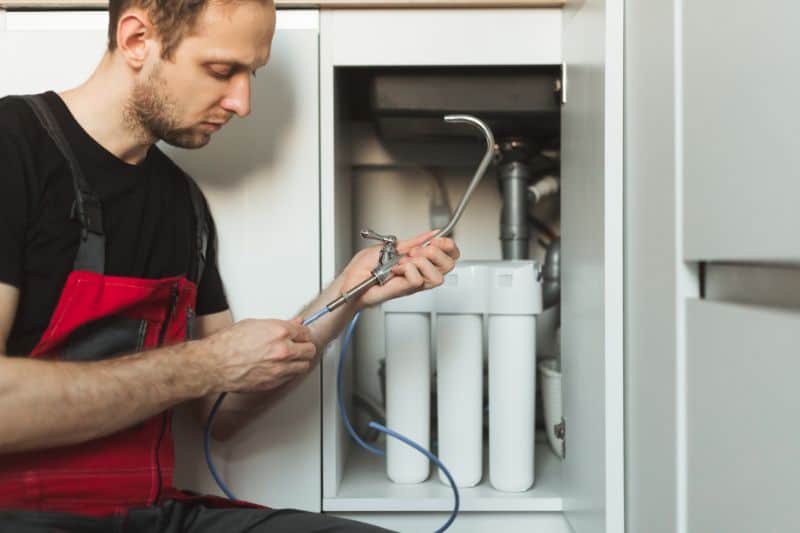
Arsenic Removal Filters (ARFs) are usually installed to remove arsenic compounds present. Maintaining these filters is essential to ensure drinking water is always safe.
Groundwater Remediation is also another management technique. The biological treatment techniques employed are bioaugmentation, bioslurping, bioventing, phytoremediation, and biosparging. Chemical techniques such as ion exchange, ozone gas injection, membrane separation, and chemical precipitation can also be used.
3. Proper Management of The Sources of Pollution
The landfills should be designed with proper clay and leachate. The maintenance should be done regularly. The location of the landfill should also be far from groundwater areas. Further, any hazardous waste should not be dumped in the landfill unless it is designed for that purpose.
In constructing and managing underground storage tanks, it is important to comply with the set regulations and policies to avoid contamination or even lawsuits. A containment device that acts as a leak back-up should be put in place, and any unused underground tanks should be removed.
Underground pipeline installation should be designed professionally. Inspections should be done regularly, and any causes of corrosion or leakage noted should be resolved immediately.
4. Recycling
Most landfills in various countries have a recycling plant nearby. Therefore, used petroleum products should be taken to such places. Apart from oil, other recyclable materials such as plastic, bottles, and paper waste can also be taken to recycling plants. The state should provide recycling pick-up areas.
Together with other environmental organizations, the state can mobilize people to participate in the recycling initiative. They can do this by holding awareness campaigns and educating communities on the importance of recycling.
What Is Groundwater Pollution?
Groundwater is one of the sources of clean water that humans use. This source is being polluted once man-made products such as oil, gasoline, road salt, and other chemicals are mixed with it. If the groundwater is already polluted by such products, it is no longer fit to be consumed by humans and animals as it is already unsafe and contaminated.
Groundwater pollution also occurs when the chemicals from the land’s surface move down to the groundwater through the soil. An example is when liquid industrial waste is poured onto the land and finds its way into the groundwater supplies.
Another example is when farmers use pesticides and fertilizers, and some chemicals move from the soil into the groundwater supply.
Furthermore, toxic substances from mining sites, underground storage tanks, and septic tanks can also cause groundwater pollution once the landfills are leaky, which could lead to groundwater contamination.
How Can Soil Pollution Lead to Underground Water Pollution?
Soil pollution can give rise to underground water pollution when contaminants introduced into the soil gradually percolate into the underlying water, propelled by mechanisms like rainwater runoff, diffusion, or other pathways.
Once contaminants are introduced into the soil, they keep moving from the soil surface and go deeper until they reach the groundwater, causing infiltration and, thus, groundwater contamination.
For example, large industrial plants dump their chemical waste on top of the soil, assuming it will not pollute it. These chemicals get absorbed by the soil, destroying its habitable properties for plants and underground animals.
As the chemicals continue to travel from the soil surface, they will eventually reach the groundwater, causing groundwater pollution and contamination.
Another example of this is in the area of agriculture. As pesticides, fertilizers, and animal waste are mixed and spread out on land, pollutants such as nitrates and bacteria may be developed and continue to seep through the soil. These pollutants will continue to move down until they reach the groundwater supplies.

The pollution and contamination of the groundwater could cause serious adverse effects on plants, animals, and humans using the contaminated groundwater as their main supply of basic needs.
Furthermore, soil pollution from untreated waste tanks, landfills, and mining and quarrying sites could also cause groundwater pollution through the same process as the others.
References:
